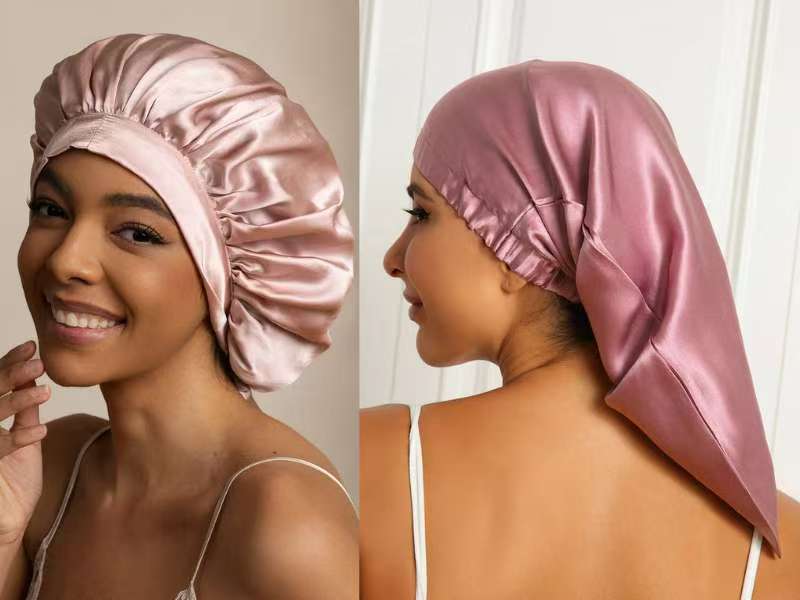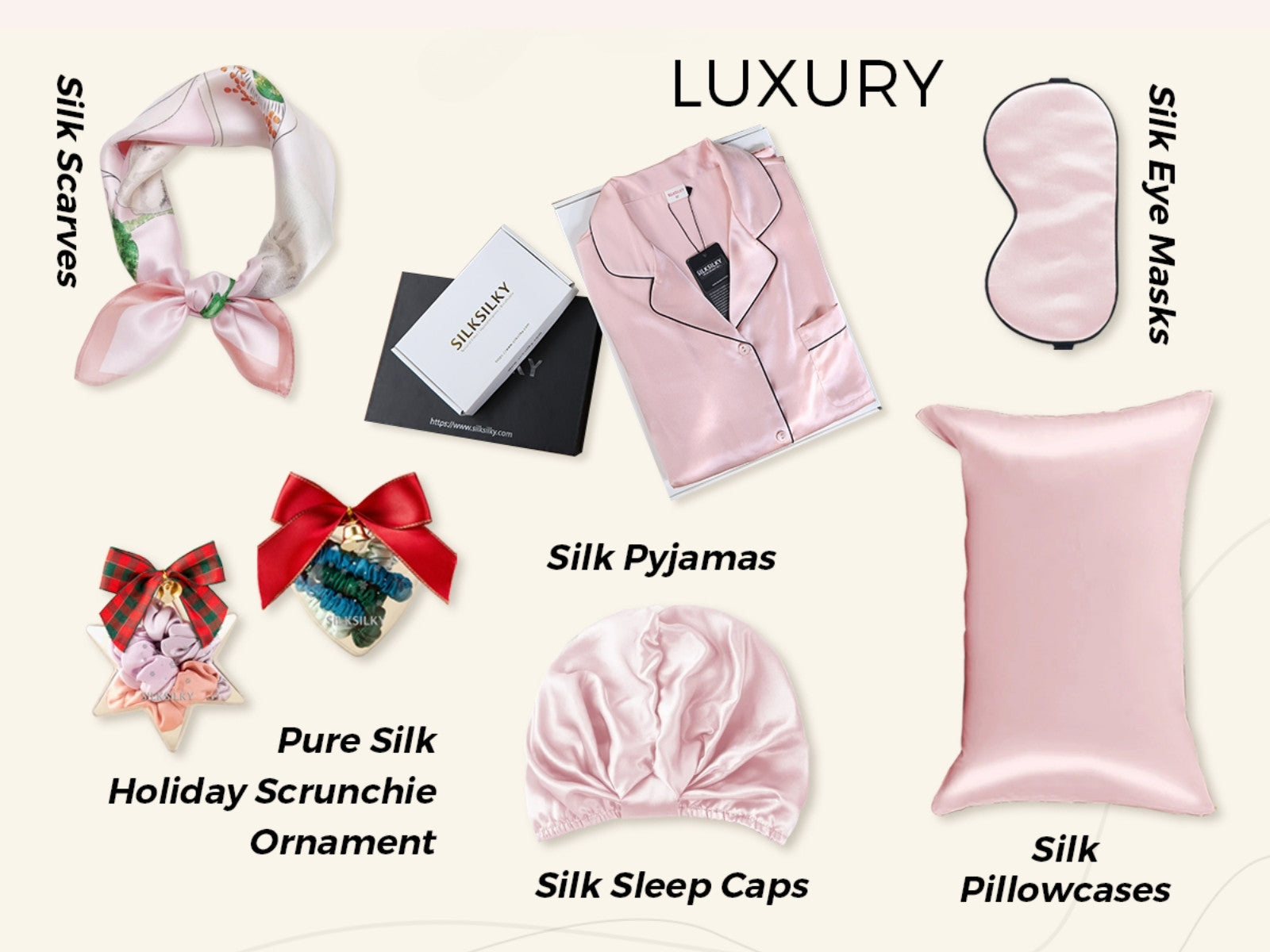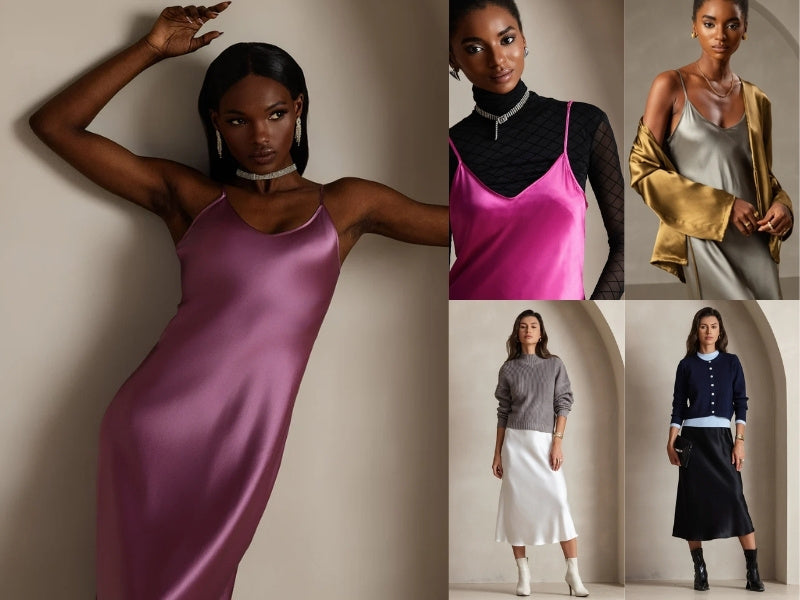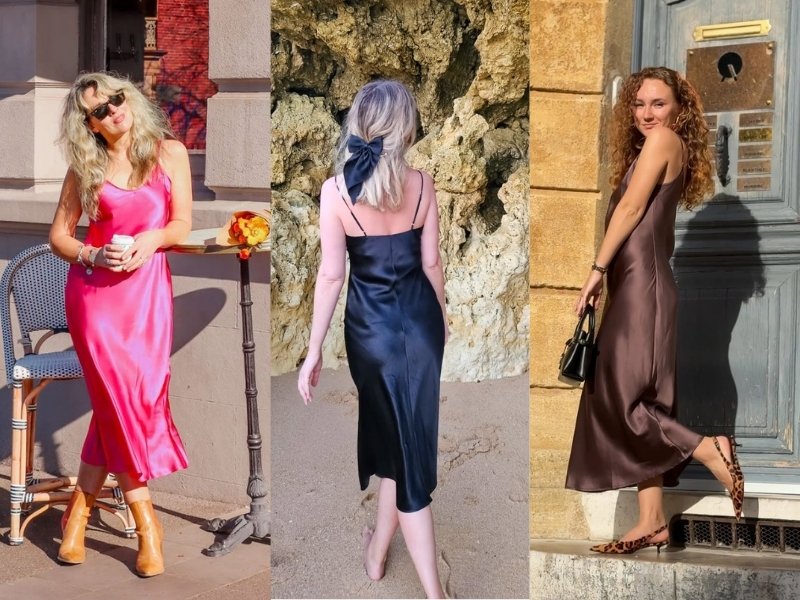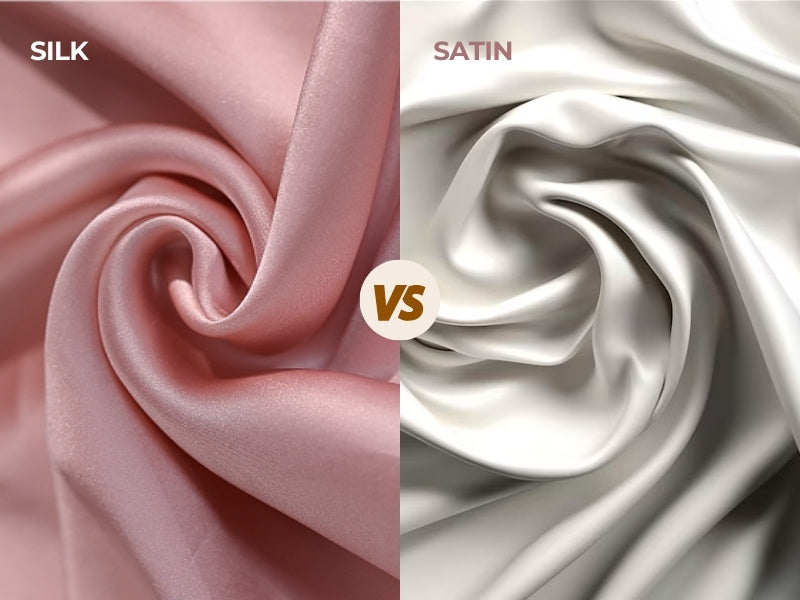10 Ways to Tie & Style Silk Scarves for Any Occasion
Table of Contents
Silk scarves are timeless fashion accessories that transcend trends and add a touch of sophistication to any outfit. From their luxurious drape to their vibrant colors and patterns, these versatile pieces offer endless possibilities for styling and self-expression. Throughout history, silk scarves have been a favorite among fashion icons and continue to be a staple in contemporary wardrobes. Whether you're looking for a classic necktie or a creative way to elevate your hairstyle, this guide will explore the various ways to tie and style silk scarves for any occasion.
Silk Scarves For Women: A Timeless Accessory
Silk scarves for women have graced the necks and heads of fashionistas for centuries, offering a touch of elegance and sophistication to any outfit. But beyond their timeless style, silk scarves boast a surprising variety in terms of types, qualities, and weights. Let's delve into the world of silk scarves and explore the different options available to elevate your look.
Types of Silk Scarves
The type of silk scarf you choose can influence not only its style but also its functionality. Here are some popular types:
- Square Scarves: These versatile pieces, typically ranging from 20 to 55 inches, can be folded, knotted, or wrapped in numerous ways. They are perfect for neck scarves, headbands, or even bag accessories.
- Oblong Scarves: Also known as rectangular scarves, these longer scarves (often around 60 to 72 inches) offer more draping possibilities. They can be worn as shawls, wrapped around the torso, or used as belts.
- Infinity Scarves: These looped scarves are pre-knotted for effortless wear. They are known for their warmth and comfort, making them ideal for colder weather.
Qualities and Weights of Silk
The quality and weight of silk used in scarves can significantly impact their look and feel. Here's a brief overview:
- Mulberry Silk: Often considered the "gold standard" of silks, mulberry silk is known for its exceptional softness, durability, and luster.
- Habotai Silk: This lightweight and crisp silk offers a more affordable option and is often used for printed scarves.
- Charmeuse Silk: Offering a luxurious drape and a beautiful sheen, charmeuse silk is perfect for elegant scarves. However, it requires delicate care.
- Momme (mm): This unit indicates the weight of silk, with higher numbers signifying a denser and heavier fabric. Lighter weight scarves (around 6-8 mm) are ideal for warmer weather, while heavier weights (12-16 mm) offer more warmth and structure.
By understanding the different types, qualities, and weights of silk scarves, you can choose the perfect piece to complement your style and needs. From adding a pop of color to keeping you warm, a silk scarf can be a valuable addition to any wardrobe.
10 Ways to Tie Silk Scarves
Unlock the versatility of your silk scarves with these ten stylish tying techniques!
Classic Neck Scarf:
- Fold your square scarf into a triangle.
- Drape the triangle around your neck with the point facing down.
- Cross the ends at your chest and tie a simple knot behind your neck.
- Adjust the tightness and fluff the fabric for a touch of volume.
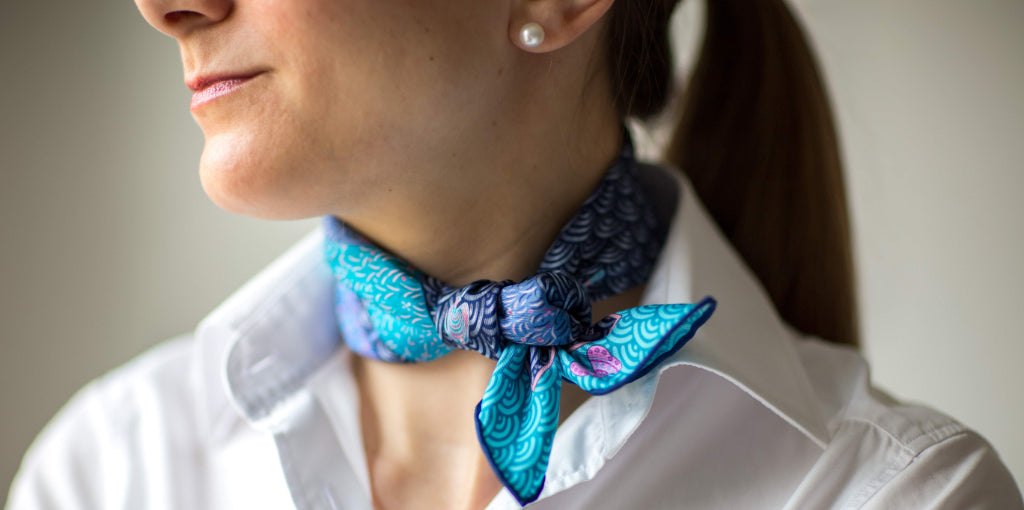
French Knot:
- Follow steps 1 and 2 from the Classic Neck Scarf.
- Instead of tying a knot, hold the ends together and twist them once or twice.
- Tuck the twisted ends under the knot at your neck and secure them by gently pulling them tight.

Headband Wrap:
- Fold your square scarf into a thin triangle.
- Place the triangle on your head with the point at the nape of your neck and the base resting on your forehead.
- Tie the ends of the triangle in a secure knot at the back of your head.
- Tuck any loose ends under the wrap or adjust the folds for a customized style.
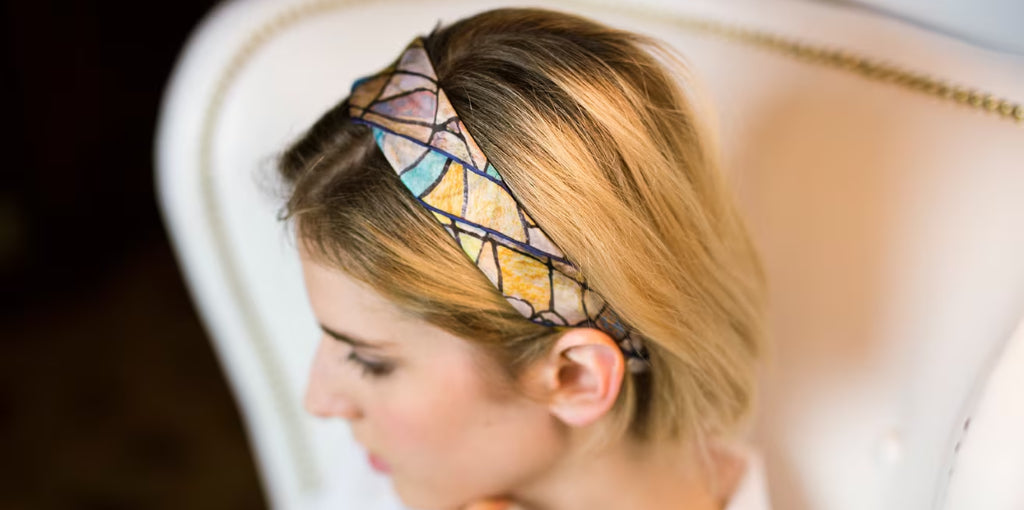
Ponytail Scarf:
- Secure your hair in a ponytail at your desired height.
- Fold your scarf into a thin strip.
- Wrap the scarf around the base of your ponytail and tie a knot or bow.
- Let the ends of the scarf hang loose or tuck them under the knot for a cleaner look.

Halter Top:
- Fold a large square scarf into a triangle.
- Tie the two long ends of the triangle together behind your neck, forming a halter top.
- Wrap the remaining point of the triangle around your torso and tie it securely at your back.
- Adjust the tightness and position of the fabric for a comfortable and stylish fit.
Note: This technique requires a larger scarf and may be more challenging for beginners.
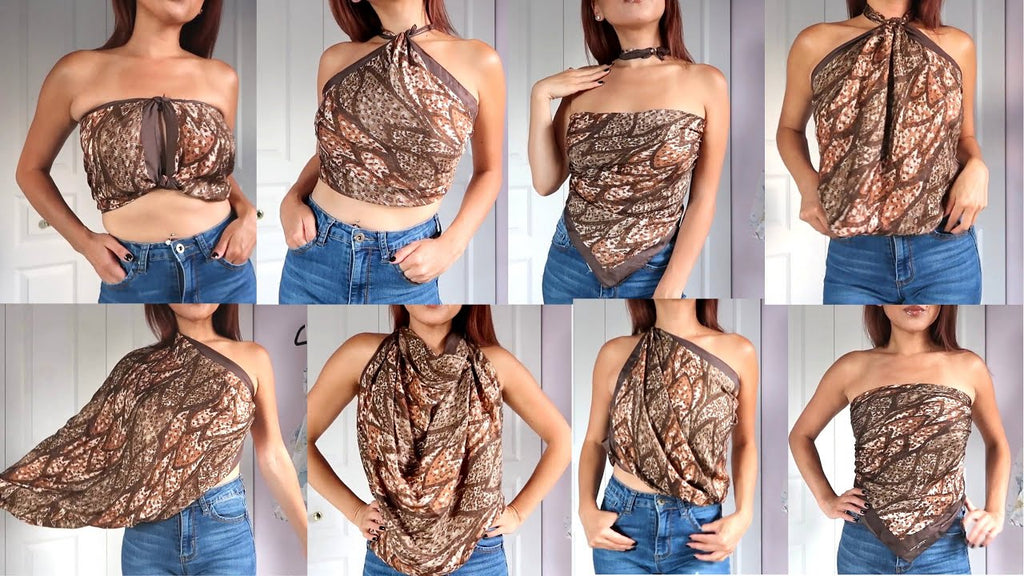
Belt Loop:
- Thread a long, narrow scarf through the belt loops of your dress or pants.
- Tie the ends of the scarf in a simple knot or bow at the front.
- Experiment with different knot styles and scarf colors to add a personal touch to your outfit.
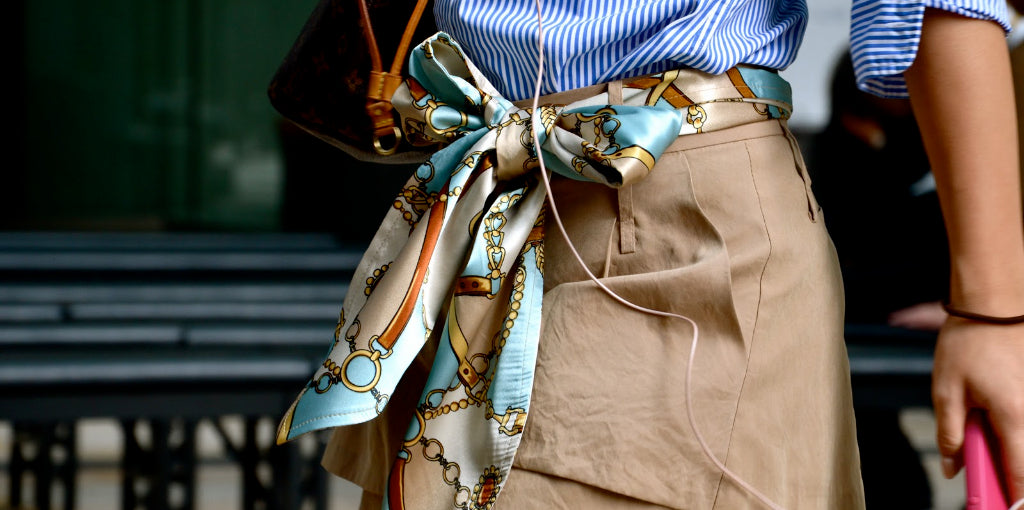
Turban Tie:
- Fold a large square scarf into a triangle.
- Place the triangle on your head with the long base at your forehead and the point at the back of your head.
- Cross the ends of the triangle at your forehead and wrap them around your head, tucking them under the folds at the back.
- Secure the wrap with bobby pins and adjust the folds for a comfortable and stylish fit.
Note: This technique requires practice and may be more suitable for experienced scarf wearers.
Wrist Wrap:
- Fold your square scarf into a thin triangle.
- Wrap the triangle around your wrist, starting with the point facing down.
- Tie the ends of the triangle in a simple knot or bow on top of your wrist.
- Adjust the tightness and fluff the fabric for a decorative touch.
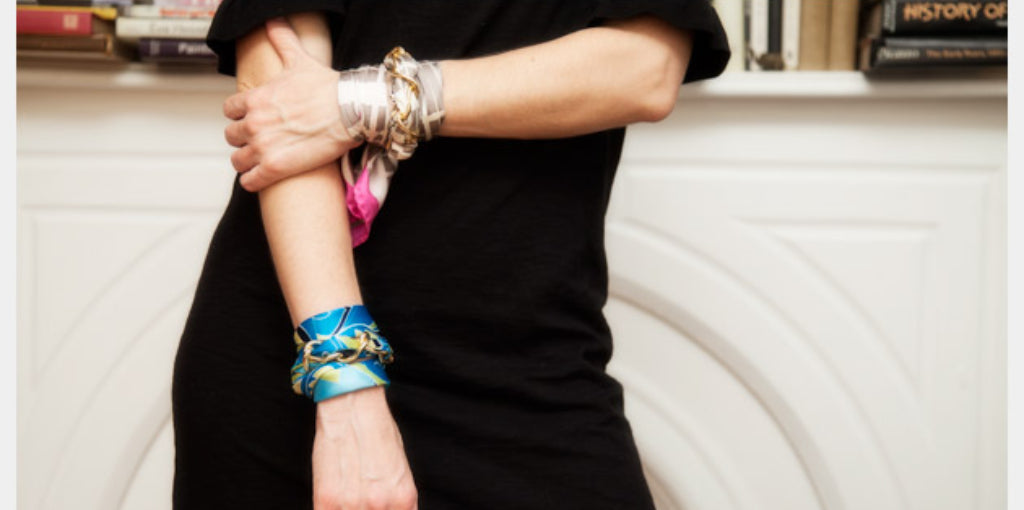
Bag Charm:
- Fold your square scarf into a small triangle.
- Tie the ends of the triangle together in a small knot.
- Attach the knot to the handle of your bag using a safety pin or a decorative scarf ring.
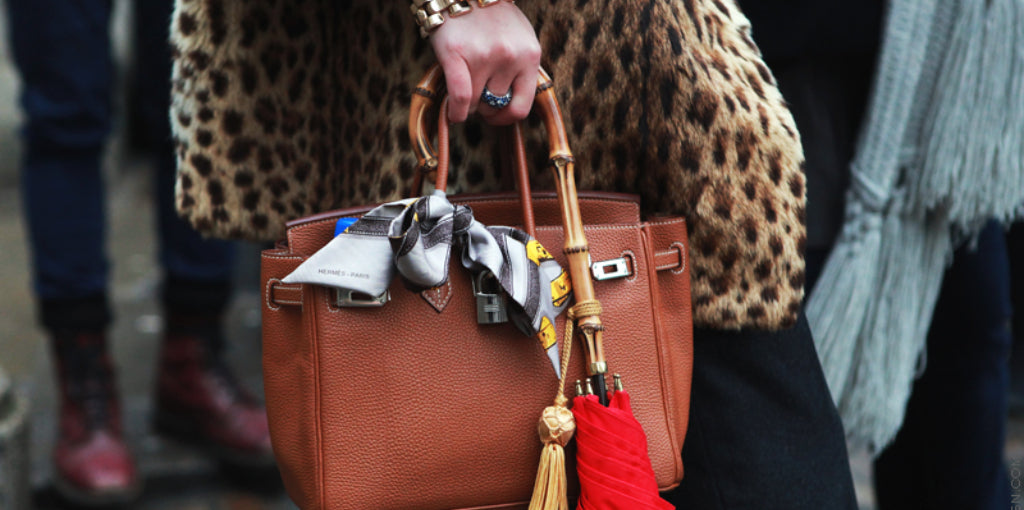
Home Decor:
Silk scarves can also be used to add a touch of luxury and elegance to your home decor. Here are a few ideas:- Drape a large scarf over a side table or chair for a decorative throw.
- Tie a scarf around a lampshade for a touch of color and pattern.
- Use a scarf as a wall hanging for a unique and personalized touch.

With these diverse tying techniques and creative home decor ideas, your silk scarves can become versatile and stylish additions to your wardrobe and living space.
Caring for Your Silk Scarves
Your precious silk scarves deserve proper care to maintain their beauty and longevity. Here are some essential tips on storing and washing them:
Storage:
- Clean before storing: Always ensure your silk scarf is clean and completely dry before storing it. This prevents any lingering dirt or moisture from causing damage.
- Breathable fabric bags: Opt for breathable fabric bags, like cotton or muslin, to store your scarves. Avoid plastic bags, which can trap moisture and lead to mildew growth.
- Cool, dry place: Store your scarves in a cool, dry place away from direct sunlight. Heat and light can fade the vibrant colors of your silk.
- Folding or rolling: Fold or roll your scarves loosely to prevent wrinkles and creases. Tightly packed scarves can lose their shape over time.
Washing:
- Check the care label: Always prioritize the care instructions on the individual scarf's label. Some delicate silks may require dry cleaning.
- Hand-washing preferred: For most silk scarves, hand-washing is the safest option.
- Cool water and gentle detergent: Use cool water with a gentle detergent specifically designed for delicates or silk. Avoid harsh detergents or bleach, which can damage the fabric.
- Soak and swish: Briefly soak the scarf (no more than 5 minutes) and gently swish it in the water. Avoid scrubbing or wringing the fabric.
- Rinse and dry: Rinse the scarf thoroughly with cool water and lay it flat on a clean, absorbent towel to dry. Avoid direct sunlight or heat sources.
- Ironing (optional): If ironing is necessary, use the lowest heat setting and iron on the reverse side of the scarf with a pressing cloth.
By following these simple storage and washing tips, you can ensure your silk scarves retain their luxurious feel and vibrant colors for years to come.
FAQs: All You Need to Know About the Best Silk Scarves
Q1: Where can I buy the best silk scarves?
A1: You can find a variety of high-quality silk scarves online and in brick-and-mortar stores. Reputable department stores, specialty boutiques, and online retailers dedicated to silk products often offer a diverse selection. Additionally, many independent artisans and designers create beautiful hand-crafted silk scarves.
Q2: How can I tell if a silk scarf is real?
A2: Several methods can help you determine the authenticity of a silk scarf. Look for the material label specifying "100% silk" or a similar indication. Real silk often has a soft, smooth texture with a subtle sheen. You can also try the "burn test," but exercise caution and only perform it in a well-ventilated area with proper safety measures. Real silk will burn slowly and smell like burning hair, while synthetic materials will melt and smell like plastic. However, this method is not foolproof and can damage the scarf, so relying on reputable sellers and material labels is recommended. For more details on how to identify real silk, you can read our previous blog.
Q3: What size silk scarf should I choose?
A3: The ideal size for a silk scarf depends on how you plan to wear it. Square scarves are versatile and come in various sizes, from small (20-24 inches) for headbands or neckties to large (50+ inches) for shawls or wraps. Rectangular scarves, often called oblong scarves, are typically longer (60-72 inches) and suitable for draping or tying around the torso or neck. Consider your desired use and personal style when choosing the size.
Q4: How do I store my silk scarves properly?
A4: Proper storage is crucial to maintain the quality and beauty of your silk scarves. Always store them clean and dry in a cool, dark place. Avoid direct sunlight, as it can fade the colors. Opt for breathable fabric bags like cotton or muslin instead of plastic bags that trap moisture. Fold or roll your scarves loosely to prevent wrinkles and creases.
Q5: Can I wash my silk scarves at home?
A5: While some delicate silks require professional dry cleaning, most can be hand-washed with proper care. Always check the care label on your specific scarf, as some may have specific instructions. For hand-washing, use cool water and a gentle detergent designed for delicates or silk. Avoid harsh detergents, bleach, and wringing the fabric. Gently swish the scarf, rinse thoroughly, and lay it flat to dry on a clean towel away from direct heat or sunlight.
Q6: How often should I wash my silk scarves?
A6: You don't need to wash your silk scarves after every wear. However, it's recommended to wash them occasionally, especially if they become visibly soiled or develop an odor. Spot cleaning with a damp cloth can often address minor stains.
Q7: Can I iron my silk scarves?
A7: Ironing silk scarves is possible, but exercise caution and use the lowest heat setting. Iron on the reverse side of the scarf with a pressing cloth to avoid damaging the fabric. If unsure, it's best to consult a professional or forego ironing altogether.
Q8: How can I tie a silk scarf in different ways?
A8: Silk scarves offer endless styling possibilities! There are numerous ways to tie them, from classic neck scarves and French knots to headbands, ponytail embellishments, halter tops, and belt loops. You can browse the blog above, which showcases 10 lacing techniques to customize your look. Or you can browse our previous blogs.
Q9: Are there any other uses for silk scarves besides wearing them?
A9: Absolutely! Silk scarves can add a touch of luxury and elegance to your home decor. You can use them as throws on side tables or chairs, tie them around lampshades for a pop of color, or even incorporate them as wall hangings for a unique and personalized touch.
Q10: What are some things to consider when choosing the best silk scarf for me?
A10: When selecting the perfect silk scarf, consider your personal style, budget, and intended use. Think about the colors and patterns that complement your wardrobe, the size and weight of the fabric suitable for your desired application, and the quality and source of the silk to ensure responsible and ethical practices.
Conclusion
Silk scarves are timeless accessories that offer a touch of elegance and versatility to any outfit. From classic neck scarves to stylish headbands and trendy bag charms, the possibilities are endless. By understanding the different types, qualities, and weights of silk scarves, you can choose the perfect piece to complement your style. With proper care, including gentle washing and cool storage, your silk scarves can become cherished companions for years to come. Explore the FAQs above to discover more about silk scarves, from identifying their authenticity to incorporating them into your home decor. So, don't hesitate to embrace the beauty and versatility of silk scarves and add a touch of timeless luxury to your everyday life.
![[Light Blue] SilkSilky Pure Silk Notch Collar Women's Pajamas 001,](http://silksilky.com/cdn/shop/files/ab83afb9301666ee2f174a8ae72ffda4_4e9bb488-7880-40fe-9e69-f0fd823857c5.jpg?v=1764653199&width=1200)
![[Light Blue] SilkSilky Pure Silk Notch Collar Women's Pajamas 002,](http://silksilky.com/cdn/shop/files/db8dbeee5354fe3b631b963715847ffe.jpg?v=1764653202&width=1200)
![[Dark Blue] SilkSilky 19Momme Pure Silk Notch Collar Women's Pajamas 001](http://silksilky.com/cdn/shop/files/a3a1bba736f86048192bee870ad3e638_be7e8977-dfbe-4235-87ac-1471e906d5e9.jpg?v=1763547174&width=1200)
![[Dark Blue] SilkSilky 19Momme Pure Silk Notch Collar Women's Pajamas 002](http://silksilky.com/cdn/shop/files/3a1b158868225840e725562c4d5c7c9c_50e1a43d-6284-4def-9c49-bb64a6300eee.jpg?v=1763547174&width=1200)
![[Pink] SilkSilky Pure Silk Sleep Cap 001,](http://silksilky.com/cdn/shop/files/SilkSilky_Pure_Silk_Sleep_Cap_Pink_001_C-250529006.jpg?v=1762221980&width=1200)
![[Pink] SilkSilky Pure Silk Sleep Cap 002,](http://silksilky.com/cdn/shop/files/SilkSilky_Pure_Silk_Sleep_Cap_Pink_002_C-250529006.jpg?v=1762221980&width=1200)
![[White] SilkSilky Pure Silk V Neck Nightgown 001,](http://silksilky.com/cdn/shop/files/a8ae95260a57844b1e2e00c4fcfabdcc_b922b270-af10-4e96-9493-0d877bd663db.jpg?v=1764140639&width=1200)
![[White] SilkSilky Pure Silk V Neck Nightgown 002,](http://silksilky.com/cdn/shop/files/24ac506750f8c38c51bb5b6d0ee15287.jpg?v=1764140639&width=1200)
![[Dark Red] SilkSilky Pure Silk Notch Collar Women's Pajamas 001,](http://silksilky.com/cdn/shop/files/599ed0811e1a5fcfa55bdc80a0279704_2643c850-a793-4475-a52b-7fef1bbd7e36.jpg?v=1762233837&width=1200)
![[Dark Red] SilkSilky Pure Silk Notch Collar Women's Pajamas 002,](http://silksilky.com/cdn/shop/files/9e022d4dd4f99aed4af8da3f58fcfd5b_efb9bafe-3d71-4283-9b81-e339ff08f352.jpg?v=1762233837&width=1200)



